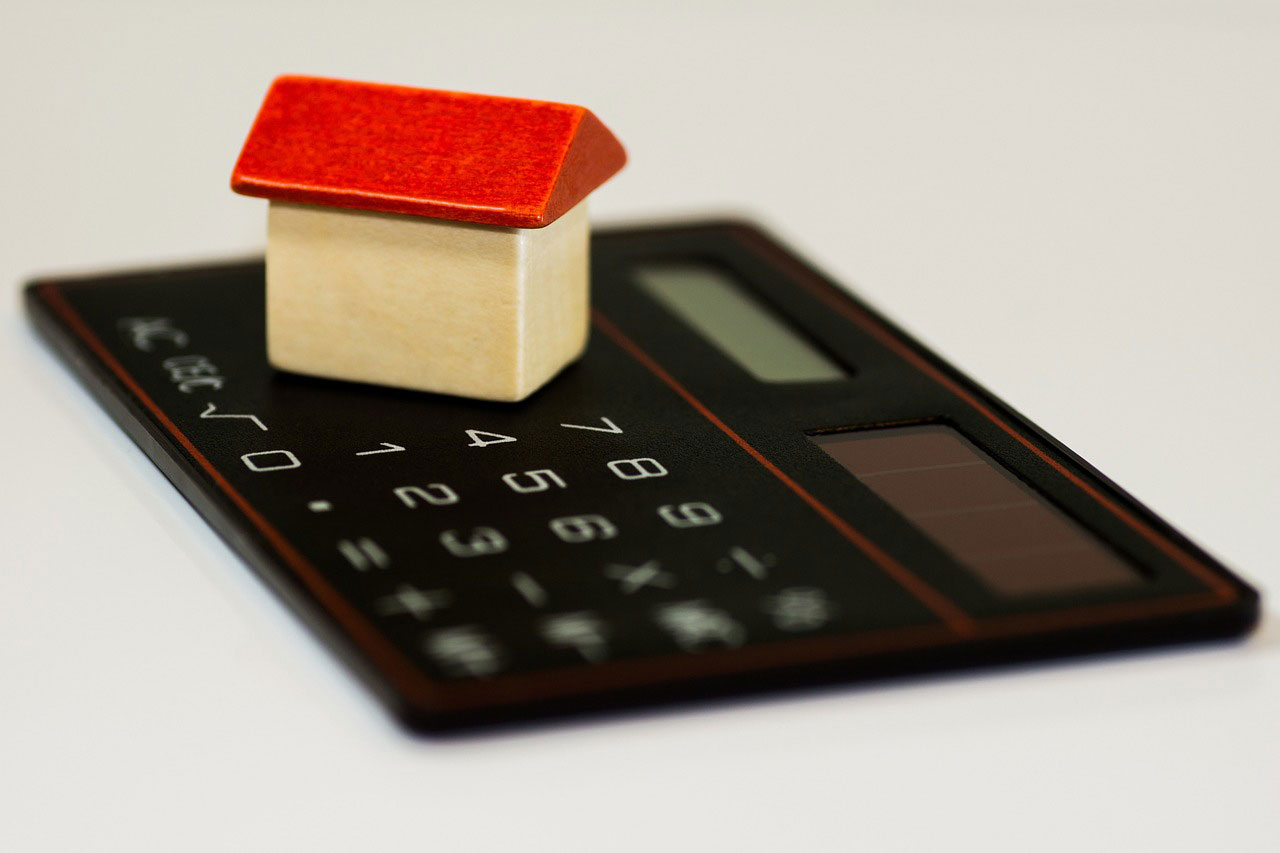While some people live in the same house for their entire life, doing so is rather uncommon. In fact, the average length of time a homeowner remains in their home is just eight years.
When you are ready to move, you’ll need to search for a new home to buy and figure out how to pay for it. However, if all your wealth is tied up in your current home, you may run into funding issues if you can’t sell your old home and buy a new one at the same time. This is where a bridge loan can help.
Pros
- Allows you to buy before selling
- No contingencies on offers
- Allows for quick moves
- Quick, short-term financing
- Lots of payment flexibility
Cons
- Higher interest rates
- Additional financing fees
- Stricter qualification standards
- Possibility for multiple mortgage payments
- Not offered by every lender
There are several reasons why you may want to buy a new home. Maybe you’ve accepted a job offer in another state and have to relocate your family, or you’re expecting a new baby and want a larger home to accommodate a growing family. Or, you may be planning your retirement budget and decide it’s time to downsize your home.
Whatever your reason, you’ll have to plan carefully how to most efficiently move out of and sell your existing home, while also figuring out how you’re going to pay for your new place.
What Is a Bridge Loan?
A bridge loan mortgage is a short-term loan that provides additional funding during the transitional period of selling one house and buying another. Since many homeowners depend on the proceeds of this sale to pay for their new home, they need a loan option if they aren’t able to sell their home before they purchase a new one.
There are two main options available to borrowers when shopping for bridge loans. One option is to take out a loan much as you would a second mortgage and use these funds to secure your down payment on the new piece of real estate. Or, you can take out a larger loan that can pay off your current mortgage and include extra to cover the down payment of your new home. Naturally, the latter option requires you to borrow a significantly larger amount of money which means you’ll have to show more in collateral to qualify.
Most bridge financing requires you to have sufficient equity in your current home for collateral, and this is typically a minimum of 20%. You can usually only borrow up to 80% of the loan-to-value (LTV) ratio of your current home. So, if you need to cover your current loan and fold in money for a down payment, you’ll likely need closer to 25% to 30% equity.
On average, bridge loan rates are higher than other types of home loans, and can sometimes reach as high as 8% or even 10%, and they usually have a very short loan term, from six months to one year. On top of the higher interest rate, you’ll also be responsible for paying closing costs, origination fees, or an appraisal. Depending on the terms you worked out with your bridge loan lender, you may not have to begin payments for several months to a year, or make interest-only payments until you sell your current home.
If you’re a real estate investor or commercial real estate investor, you also have the option of getting a commercial bridge loan which can provide the same kind of short term funding to make an immediate purchase or renovation.
👉 Related Reading: How Do Home Improvement Loans Work?
Pros and Cons of a Bridge Loan

Pros of a Bridge Loan
Allows You to Buy Before Selling
The primary reason people seek out this type of short term financing is to buy a new house before selling their existing home. This could simply be a preference on the part of the borrower. Or, it may be a necessity if they need to move unexpectedly for a new job, or if they’re buying in a competitive housing market and can’t count on selling their own home first. A bridge loan supplies you with the money you need to make a down payment or pay closing costs in this scenario.
No Contingencies on Offers
Some homebuyers may need to sell their house at the same time as buying a new one, and will write this provision into their offers. However, not all buyers want to accept offers like this, especially in a hot market when they likely have multiple offers to consider.
When a home purchase is contingent on the sale of another home, it means there’s a chance the deal could fall through if you aren’t able to sell, or worse – your property goes through a foreclosure. If you use a bridge loan, you won’t have to include this provision and therefore have a higher likelihood of having your offer accepted.
Allows for Quick Moves
Trying to buy and sell a house at the same time is a lot of work, and many people on a tight timeline can use a bridge loan to expedite the buying process. This is a benefit for those who may want more time selling their current home. This could be because you want to make updates and renovations on it, make the transition from one house to another easier, or you just want to be in the best buying position you can – which means being ready to make an offer immediately.
Quick, Short-Term Financing
Although most people use bridge loans to finance a real estate purchase, they can also be used to fund any short-term financial need if you qualify. Bridge loans (also called swing loans) are commonly used by businesses that need cash on hand until a long-term loan comes through, or they may need business bridge loans to close on a real estate purchase quickly, then later pay off the loan with more permanent financing.
Lots of Payment Flexibility
Bridge loans are usually approved much faster than conventional loans, which means you can have cash in hand right away. Bridge lenders often offer different repayment options so you can customize your loan to fit your needs. Some loans may require you to make an interest-only monthly payment right away, but allow you to postpone paying off the loan amount until the end of the term or you sell your house. Other loans may not require any payments for the first several months, so you can concentrate on completing your transactions without worrying about another financial obligation.
👉 Related Reading: Where To Get the Best Personal Loan – 2025 Guide
Cons of a Bridge Loan

Higher Interest Rates
Perhaps the biggest disadvantage to bridge loan financing is that the interest rates are significantly higher than a traditional mortgage loan. This makes sense from the perspective of the lender because you’ll be paying back the loan over a much shorter amount of time, which means they receive fewer interest payments. To make up for this, they raise the interest rate to ensure it’s a worthwhile investment. From the borrower’s perspective, although you do get money fast when you really need it, you’ll be paying considerably more than you would have had you waited to secure conventional financing.
Additional Financing Fees
Like a traditional loan for a home, bridge loans also come with closing costs (which can be 1.5% to 3% of the loan amount) and other fees you’ll be responsible for paying. This could include origination fees, appraisals, legal fees, or even a prepayment penalty. These additional costs should always be calculated into your budget to make sure a bridge loan is the right choice for you.
Stricter Qualification Standards
Bridge loans can be riskier for lenders which is why they charge higher interest rates, but it also may mean you’ll face stricter standards to qualify than a traditional home loan. This means you’ll have to show a certain amount of home equity (which may require an appraisal) and meet a minimum debt-to-income ratio (DTI) and credit score. Furthermore, many lenders won’t even extend a bridge loan to a borrower unless they agree to also take out their new home loan with them.
Possibility for Multiple Mortgage Payments
If you’re using a bridge loan to purchase a new house before your old house is sold, this means you'll be stuck paying two mortgages which can take a big bite out of your monthly income. And depending on your terms, you could also be making payments toward the bridge loan at the same time. Some borrowers may be able to reduce this burden by taking out an interest only mortgage, but these can be difficult to obtain because of the strict criteria for qualifying.
Not Offered by Every Lender
Not every lender offers bridge loans. You may have to shop around at different financial institutions until you find one that does.
Bridge Loan Alternatives

If the high interest rates or short payment timelines make you nervous, there are other options out there that might fit your needs better.
Home Equity Loans
Many people prefer to take out a home equity loan because they can usually secure a lower interest rate and they’ll have longer to pay it back. Like a residential bridge loan, home equity loans use the equity in your home as collateral but can have terms of up to 20 years. However, they usually will require payments to start immediately and they’ll come due whenever you sell your existing home.
This is a good option for someone who knows exactly what they need for a down payment or closing costs and almost all types of mortgage lenders will offer it. It can also be a good choice for someone who knows they’ll keep their current home for longer than six months, although this will mean making a mortgage payment on both properties.
Home Equity Line of Credit
A home equity line of credit (HELOC) is similar to a home equity loan except instead of taking out a lump sum of money, you’ll be approved for a line of credit up to a certain dollar amount. It’s then up to you when you use this and how much of it you use. This is an ideal choice for someone who’s still shopping around for new homes and isn’t sure exactly how much they’ll need to cover the down payment or closing costs. With a HELOC, you’ll only use what you need and won’t be stuck making higher payments on a loan amount you didn’t end up using.
80-10-10 Loan
An 80-10-10 loan is a type of long term financing that’s similar to a conventional home loan, but is designed for borrowers who aren’t able to pay a 20% down payment and want to avoid paying mortgage insurance. Here, you’ll put up your own money for a 10% down payment, then take out two different loans – one for 80% of the purchase price and another for the remaining 10%. This way, after you sell your current home, you can use the proceeds to pay off the 10% loan.
Cash-Out Refinance
With a cash-out refinance, you’re essentially taking out an entirely new loan on your existing home but for a larger amount than you owe, and can then use the difference for your down payment on your new home. Note that because you’re taking out a whole new loan, you’ll be responsible for closing costs for two properties now. And, you’ll have to refinance at whatever the current rates are, so if your interest rate goes up for your existing mortgage your payments will increase even more.
Personal Loan
If you don’t want to use your home’s equity for securing a loan, you may be able to get a personal loan through a private lender or bank. However, the interest rate and amount you’ll be able to obtain will be dependent on your credit worthiness, and usually means you’ll need to show a high income, high credit score, and a low DTI. This may be a good option for those who qualify and are looking for longer terms than a bridge loan (personal loans typically have 1-5 year terms), but don’t want their loan to be tied to their home.
Business Line of Credit
Finally, you may consider using a business line of credit that works in the same way as a HELOC, but uses your business assets as collateral instead of your home. These credit lines will also have competitive interest rates and variable terms, but not everyone will qualify.
👉 Related Reading: How To Sell Your House Without a Realtor
Should I Use a Bridge Loan?
As a homeowner, you might consider a bridge loan if you need to purchase a new home before selling your current one. Deciding whether to use a bridge lender or go with one of the alternatives will take some research and reflection about what kind of loan is truly best for you.
For most people looking to start home buying, you should probably consider looking at more traditional options first like a home equity loan before looking at the bridge option. On the other hand, if you know you have to get into a new home quickly and don’t want the headache or hassle of selling your current home at the same time, you can likely make a bridge loan work for you.






